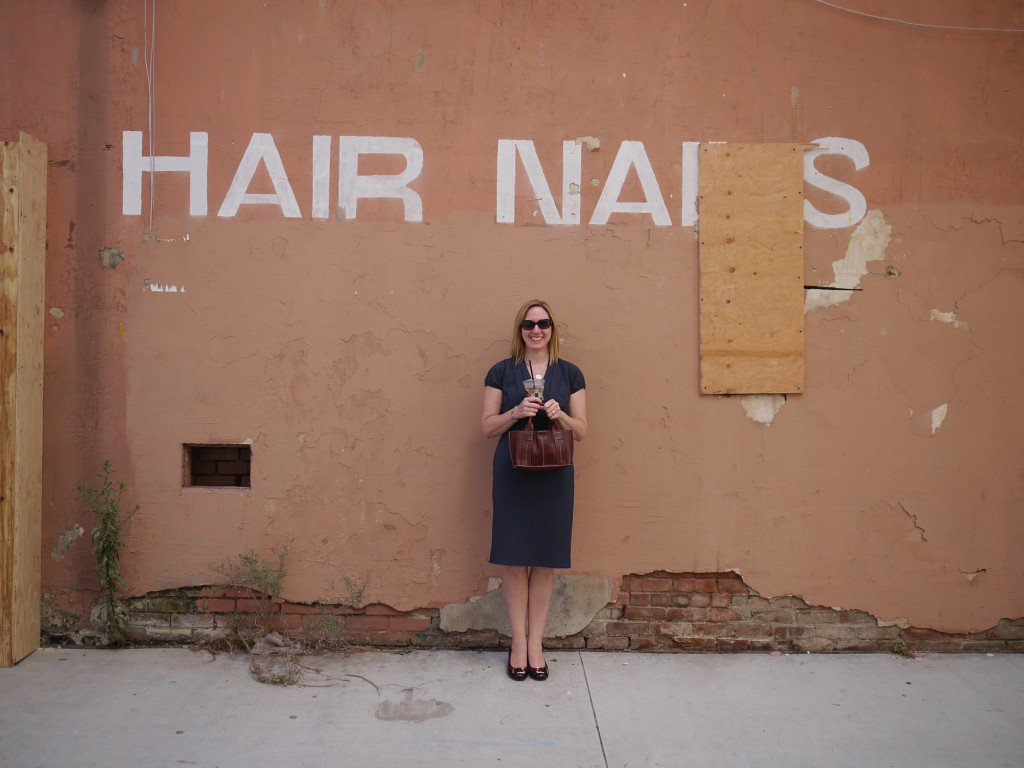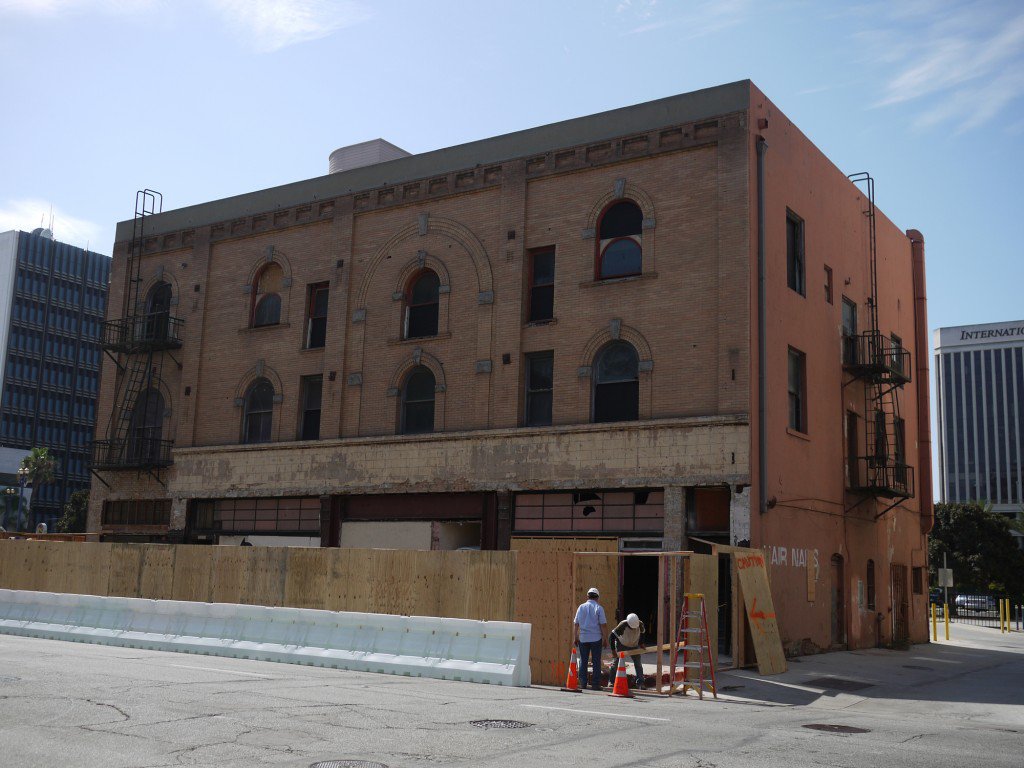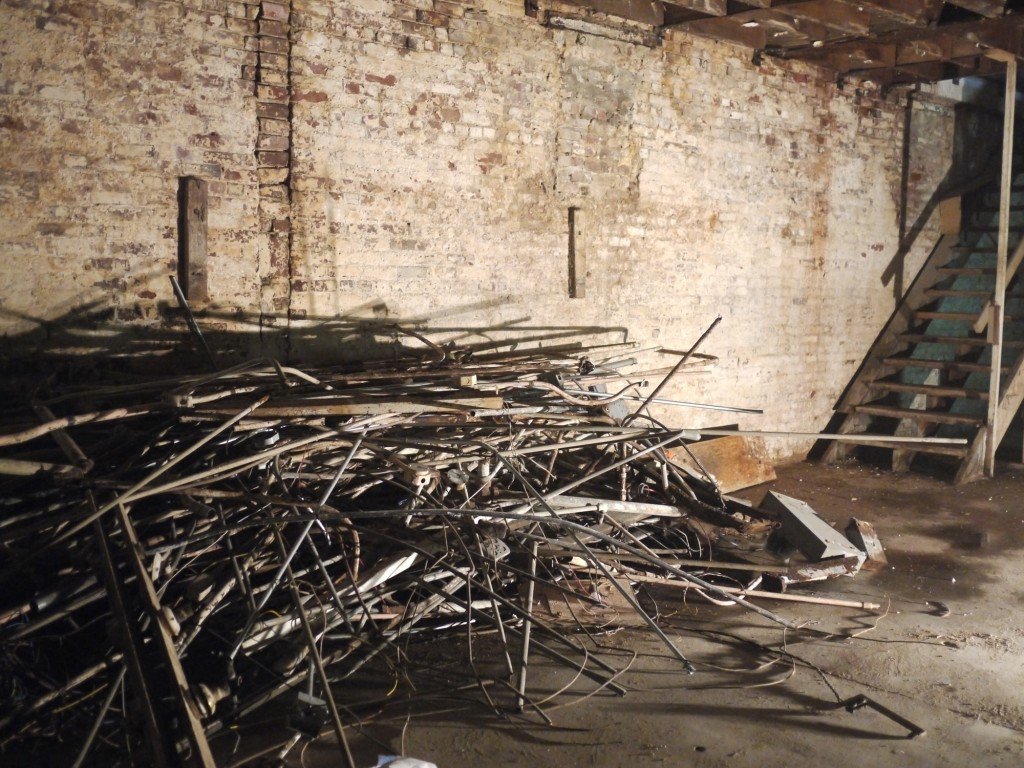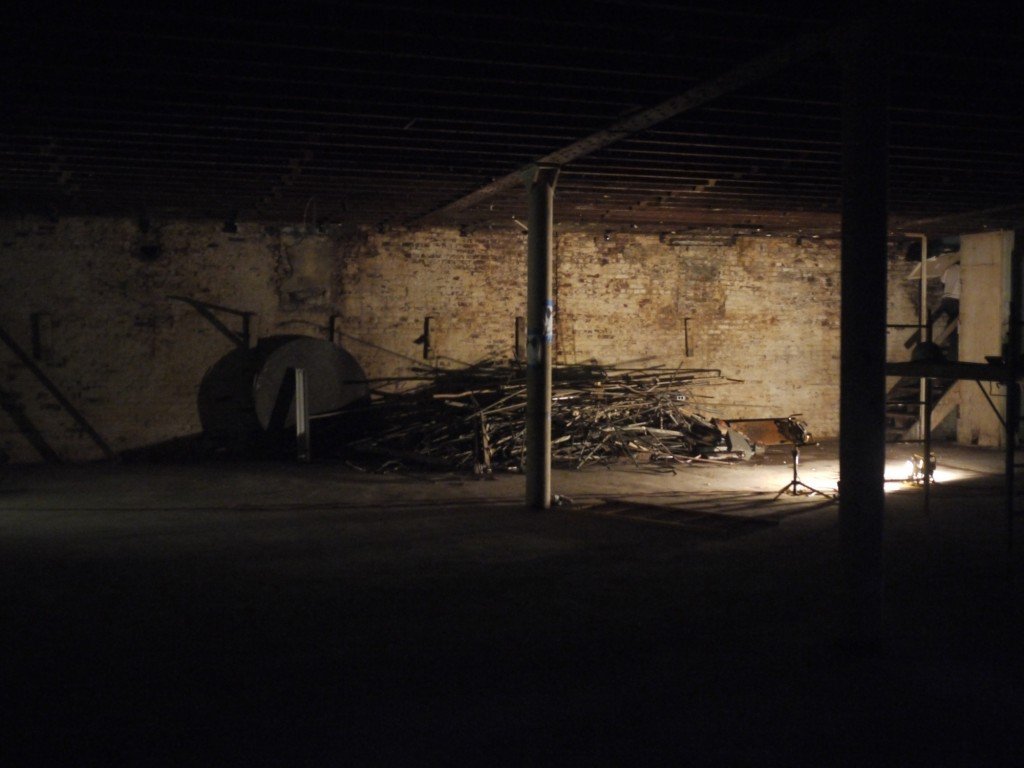Amy Bodek – Director of Development Services for the City of Long Beach
Amy Bodek is the Director of Development Services for the City of Long Beach. I met the former Bostonian at the It’s a Grind coffeehouse (on the always bustling corner of Pine and 3rd, right around the corner from the Psychic Temple) to talk about her impressions of and relationship with Downtown Long Beach as well as the building formerly known as the American Hotel.
PT: What was the Broadway corridor like when you first encountered it?
AB: When I first moved to Long Beach in 1992, Downtown was empty. Just empty. It was a series of unconnected parking lots and vacant buildings. The Insurance Exchange was a crumbling derelict building that was condemned by the City because it was so unsafe. But there were glimmers of hope: L’Opera and King’s Fish House had opened and the cutting edge AMC Theater/Pine Square apartment complex was just opening.
PT: Can you tell me about the state of the building and what businesses were in it when Long Beach received the keys?
AB: The City bought the building at a tax auction in 1998, literally at the front door of the L.A. Sheriff’s Department. I went to the auction with a series of checks in varying amounts in my hand on behalf of the City and bid on it. We got the building for less than $200,000. It was quite a steal, even then.
The American Hotel was occupied at the time; there were about 23 long-term residents living in single rooms with shared baths. The rooms could be rented by the week or the month but most of the residents were long-term. The ground floor had a nail salon and the Broadway Shoe Repair as businesses. In the adjacent buildings there were a locksmith and the Wa-Wa Chinese restaurant which is now located on First Street in the East Village.
The building was pretty worn, but the interiors of the residential units were neat and clean and had a bunch of surplus hotel furniture that was in really good shape. The retail spaces were pretty sad, though. The basement had to be cleaned up before we could go in.
PT: What were some projects for the building that got close but never happened?
AB: It was a turnstile of development proposals: a youth hostel, a residential loft project that would have rehabilitated the building, another residential project that would have partially demolished the building, an office project that would have saved the historic facade but built a new small creative office space building behind it.
For various reasons, none of them proceeded. The timing wasn’t right, developers couldn’t get financing, their plans weren’t quite “there,” etc. It sort of makes me think that this is one of those cases where things happen for a reason.
PT: What did you envision when you purchased the Psychic Temple and the neighboring structures for the City?
AB: Believe it or not, the opening of the AMC Theater/Pine Square was the harbinger of future development. It drew people from all over Long Beach to come Downtown, visit restaurants and bars, and do some shopping. Retail spaces started to fill up and there was a sense of optimism. New ownership took over the Insurance Exchange for loft conversion, which was a huge step toward revitalization.
We hoped to do the same thing with the American Hotel (as it was called at the time) and the adjacent Mark James Hotel. It was really important for the city to control those buildings so we could help revitalize that part of Downtown through development assistance.
PT: Can you talk about why Long Beach granted the RFP to RJVD?
AB: The last development attempt by the City envisioned an office building with the facade being the only part of the building being saved. The City hired LPA Architects, who are really renowned and specialize in LEED buildings. We envisioned a community space on the ground floor that would spur conversations in public planning and development, a la the SPUR center in San Francisco. But really, those sorts of projects can’t be started by the government sector without dedicated support from the private sector or non-profit sector, and we couldn’t find any partners.
It was almost with a sigh of “yet again” that the City RFP’d the building in 2009–this time to specifically to retain the building as a whole. We didn’t think we’d get anyone interested, but Jan was already working on various other projects in Downtown and had his eye on the building. When he toured it, he saw the building’s potential. By that time, the Promenade and Promenade Square Park was also well under construction, and we had the three new condo and apartment buildings built (Lyon, Pacifica, 133 Promenade). The energy was so very different and Jan’s vision really just fit for what we were trying to achieve.
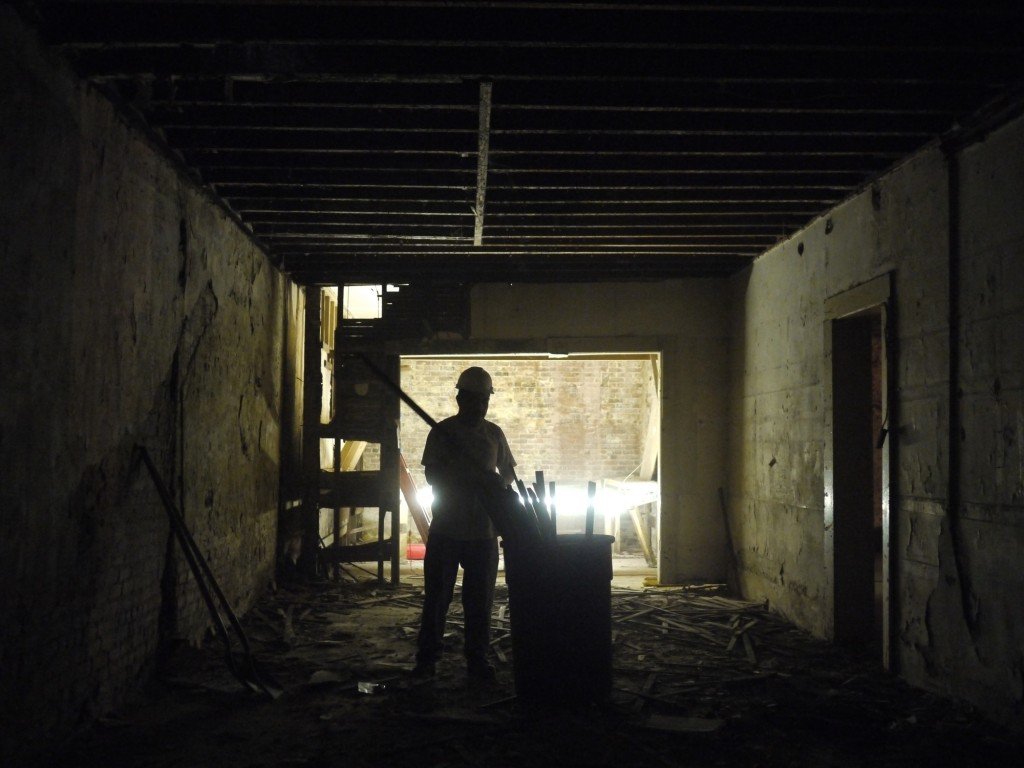
PT: How do you think the current project might affect the corridor?
AB: Professionally, I think the Psychic Temple will help us extend the Promenade improvements further, and to get closer to completely linking the Promenade/Pine area with the East Village. For some reason, there’s a psychological barrier that exists, and anything we can do to close that barrier and link these two areas will be a tremendous effort in “city building.”
And it will be so cool to see this 1905 building standing shoulder-to-jowl with a modern condo next to it as well as other great historic buildings across the street. Personally, it will be the culmination of a 14-year dream of mine to see the building reactivated and contributing to the overall revitalization of Downtown.
I can assure you that when I was holding those checks from the City at the Sheriff’s auction in 1998, I certainly didn’t think it would take 14 years to put the building back into active, productive use. But I feel that the time is right and that the karma derived from the building’s brief history as the Psychic Temple is contributing to its renaissance.

